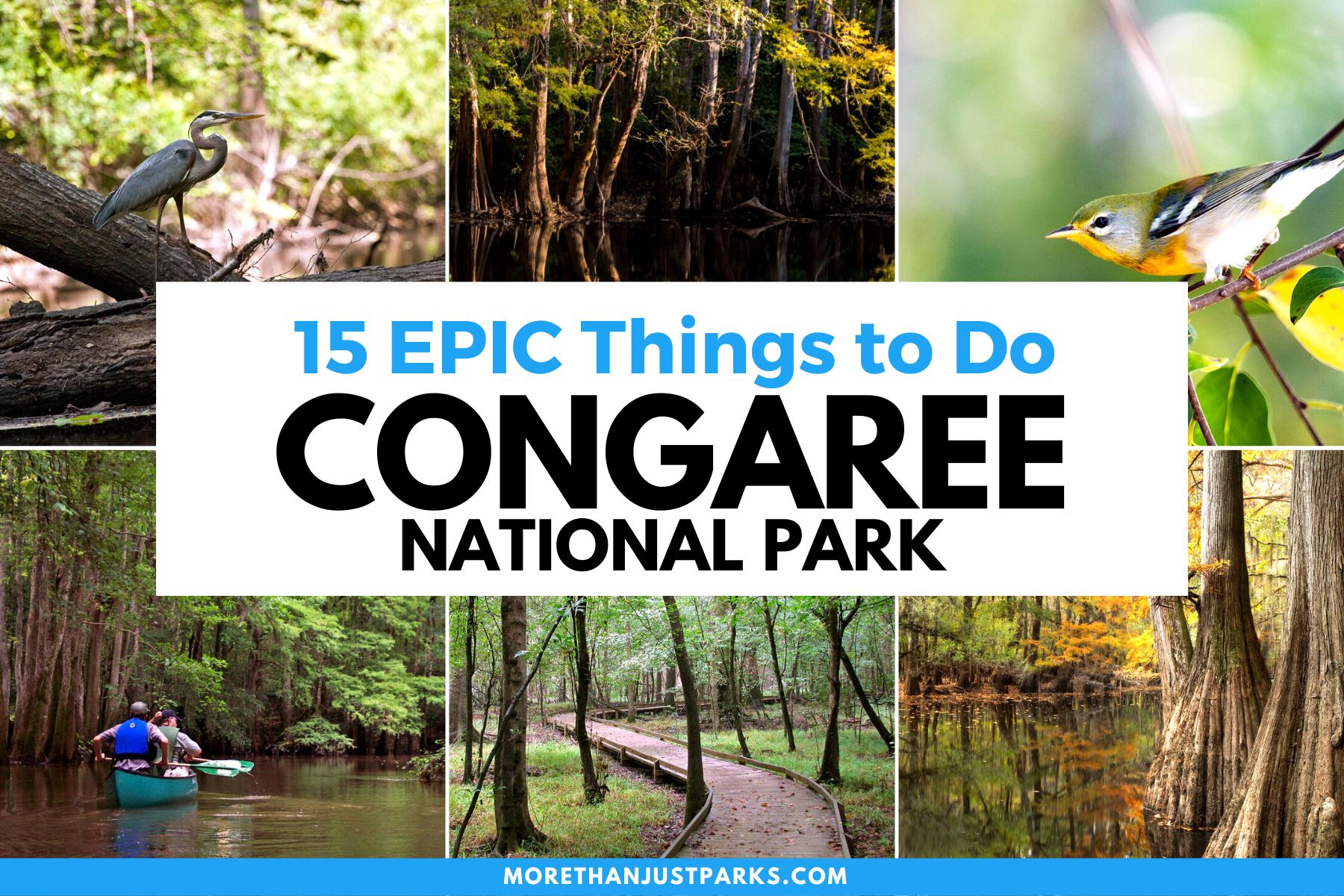
Article Overview: Things to Do at Congaree National Park
In the land of smiling faces and beautiful places, there’s plenty to see in South Carolina’s Congaree National Park. We’ll cover 20 things you won’t want to miss–and 1 thing you will (hint: even the park rangers are scared of this).
Congaree National Park, tucked away neatly in the inter coastal plains of South Carolina, is the underdog of US national parks. It’s hard to understand why, given its unique landscape and rich heritage.
It’s even in close proximity to the state capital and metro area, Columbia, making travel and accommodations rather convenient. But perhaps a little known secret about this quaint grove could be driving the locals to keep this place all to themselves.
Congaree received its official protected status in 1969, making it one of the more recent parks to be annexed by the NPS. Local or not, you’ll definitely want to experience the phenomenon rumored to be one of the main reasons why Congaree gained its own national park status.
Given the fact that people travel from all over the world just to see this breathtaking spectacle for one night, it tops our list of the top 12 things to do in Congaree National Park.
Wonder why? We’ve got the answers: read on to find out!
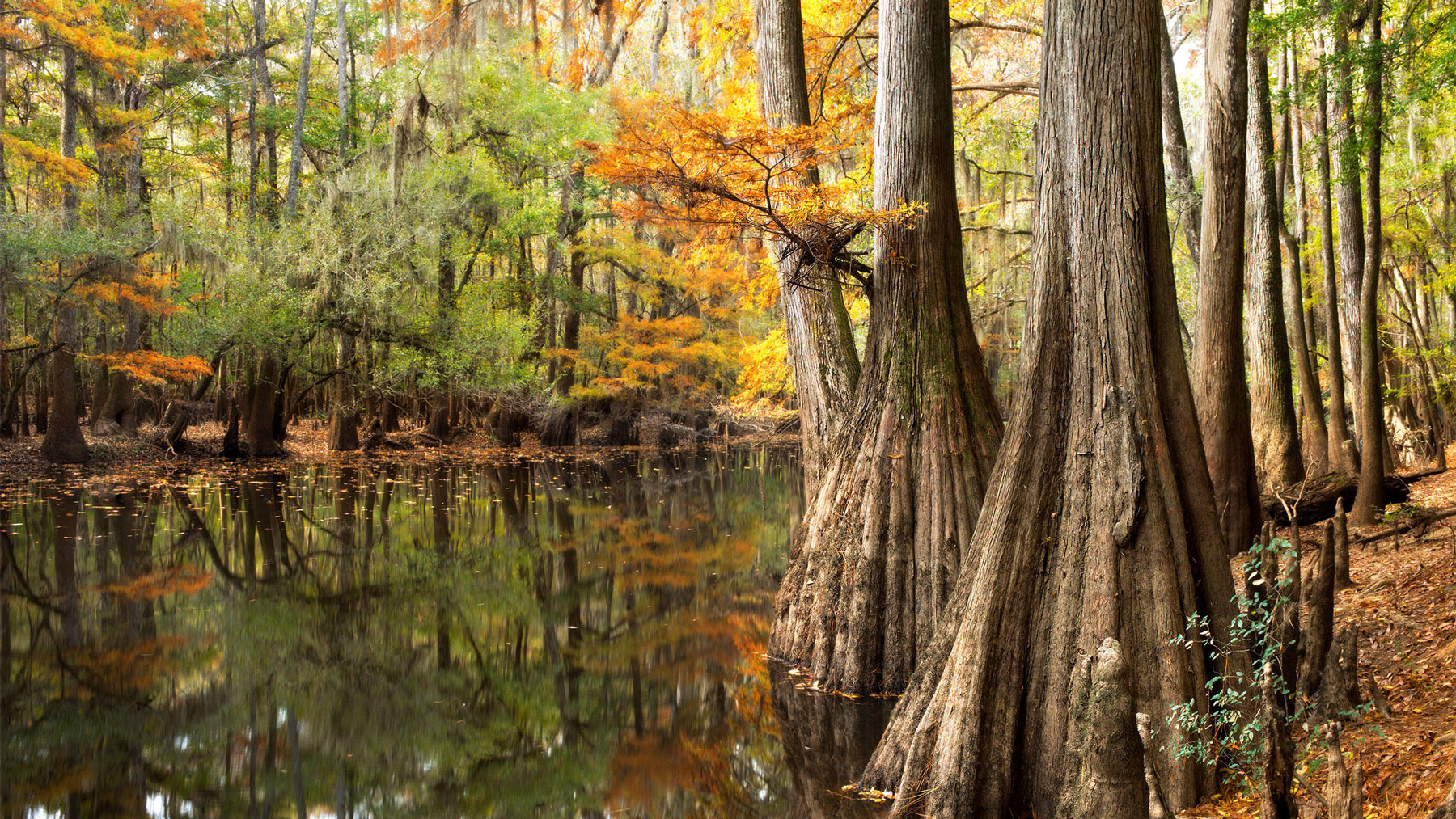
Table of Contents
Visiting Congaree National Park
South Carolina’s state motto is “While I breathe, I hope.” It couldn’t be more true, especially since while you’re breathing in the rich, musky air of the coastal plains, you’ll be hoping with all your might you don’t run into every park ranger’s worst nightmare (and no, it’s not a bear).
In fact, some say it’s worse than a bear, and will do anything to avoid it. Others? They’d do anything for just one glimpse of it! Don’t worry: we’ve got everything you need to know about this national park rarity (and the best things to do in Congaree National Park).

Things to Know Before Visiting Congaree National Park
Entrance Fees
Entrance to Congaree National Park is free!. But if you plan to visit more National Parks within the next 12 months I suggest you go ahead and purchase the America the Beautiful Pass (which can be found at the entrance gates to most national parks). This pass gets you into all National Parks, Forests, Monuments, and more including 2,000 sites for free for an entire year for a one-time $79 fee.
Bugs

Congaree National Park is famous for its mosquitoes and biting insects. If you’re planning a visit in the spring or summer make sure to wear clothing that protects your skin and apply ample amounts of insect repellent. We prefer this one on all of our travels.
Sunscreen
Use it. Lots of it. Especially this one which doesn’t have any of those bad chemicals for our friend the planet.
Gas
Thanks to its east coast location, Congaree isn’t too remote so you’ll find plenty of gas station options just outside the park.
Cell Service
Cell Service is spotty in the park.
Map
The Best Map: The only map available for Congaree is the National Park Service map which you’ll recieve after entering the park and can pick up at any visitor center.
Water
Drink it. Lots of it. Don’t forget it in the car.
Best Time to Visit Congaree National Park
The Best Time to Visit Congaree is October through December when the bugs have calmed down.
Restaurants & Food Options
Owing to it’s east coast location, there are ample dining options just outside the park.
Maps of the National Parks
National Parks Checklist Map: This beautiful National Parks Checklist Map can be ordered to your house.
Framed National Parks Map: We’re a sucker for maps, this framed national parks map is the best in our humble opinion.
Things to Do at Congaree National Park
Top 15 Best Things to Do at Congaree National Park
12. Tubing in Cedar Creek
Location: The Cedar Creek canoeing trail (begins at Bannister’s Bridge)
Why you’ll love it: Become an otter for a day and float leisurely along the river beside these fascinating creatures.
Activity rating: Easy
Otters are becoming a sort of unofficial mascot for Congaree National Park, as they’re quite easy to spot floating along the river that gives the park its name. If you want to experience Congaree like the locals do, consider trying out one of their favorite things to do in Congaree National Park: tubing.
There’s plenty of canoe and tubing rentals near the park, and their inexpensiveness makes them all the better. In a state that prides itself for its hospitality and laid back nature, it makes sense that tubing is a beloved pastime.
It’s easy, it’s simple, and even your dog can do it. Simply grab a tube or float and ride the natural current of the river as it winds through the peaceful submerged groves. When in Rome, do as the otters (and locals) do!
Tip: The water level can lower or rise by as much as 10 feet over the course of the day. Have a paddle handy in case you get stuck on driftwood.
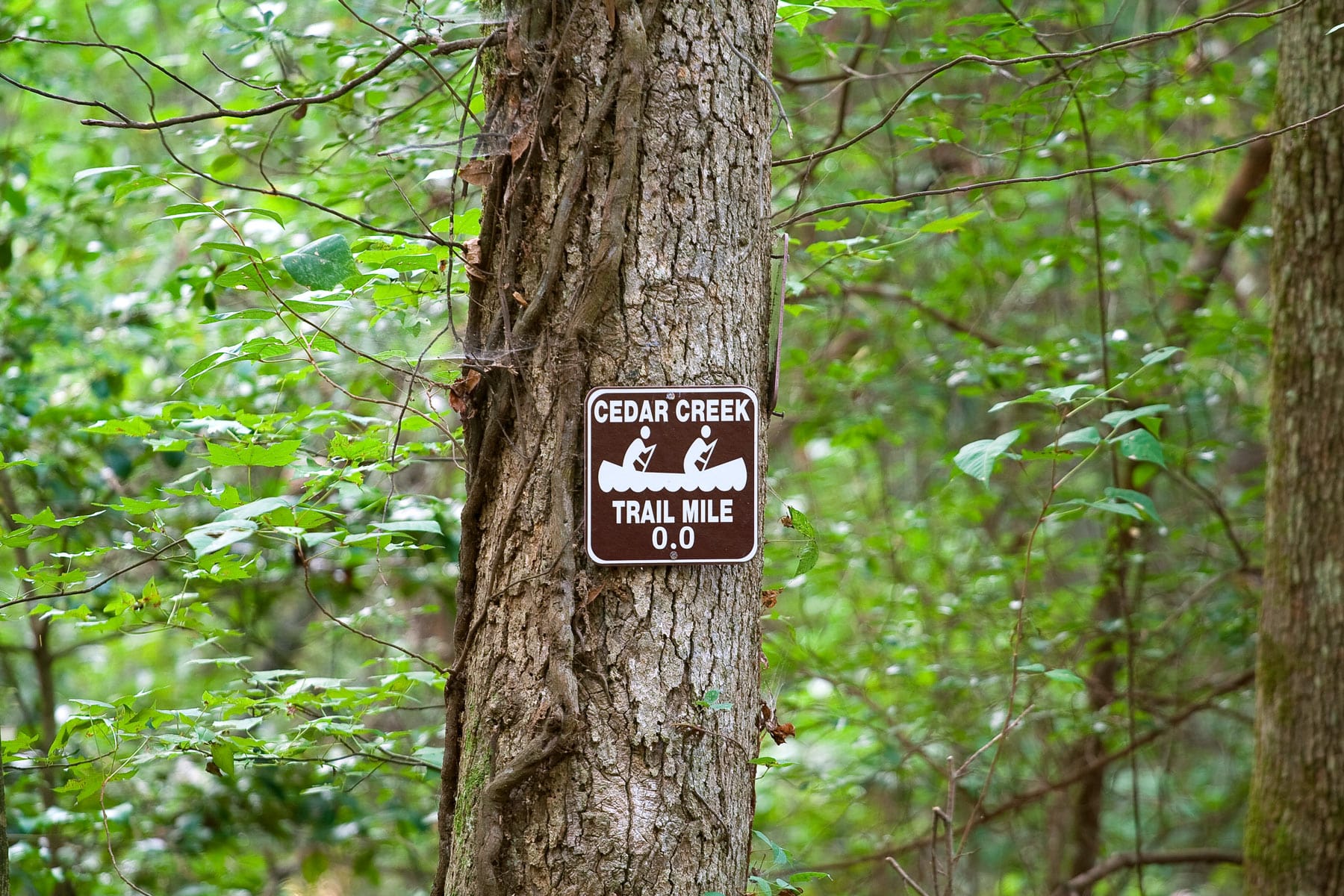
11. Weston Lake Trail
Location: Weston lake
Why you’ll love it: Tiptoe around the sleeping giants that make Congaree famous.
Activity rating: Moderate
Of the some odd 26,000 square feet that comprises Congaree National Park, there are 10 trails that are recommended by park staff. Everything beyond these trails is known as the backcountry, and it’s not a wise idea to venture into this area alone.
The Weston Lake trail is a moderate hike that offers visitors a rare glimpse of the serene, otherworldly landscape of Congaree. At the culmination of this trail, you’ll loop around an ancient river bed that’s still partially submerged.
Cypress and other kinds of coniferous trees stand quietly in the water. Their exposed roots peeking above the surface of the water are referred to as knees.
Like the Congaree river, it’s not uncommon to see river otters darting about this grove, making it all the more great to add to your list of things to do in Congaree National Park.
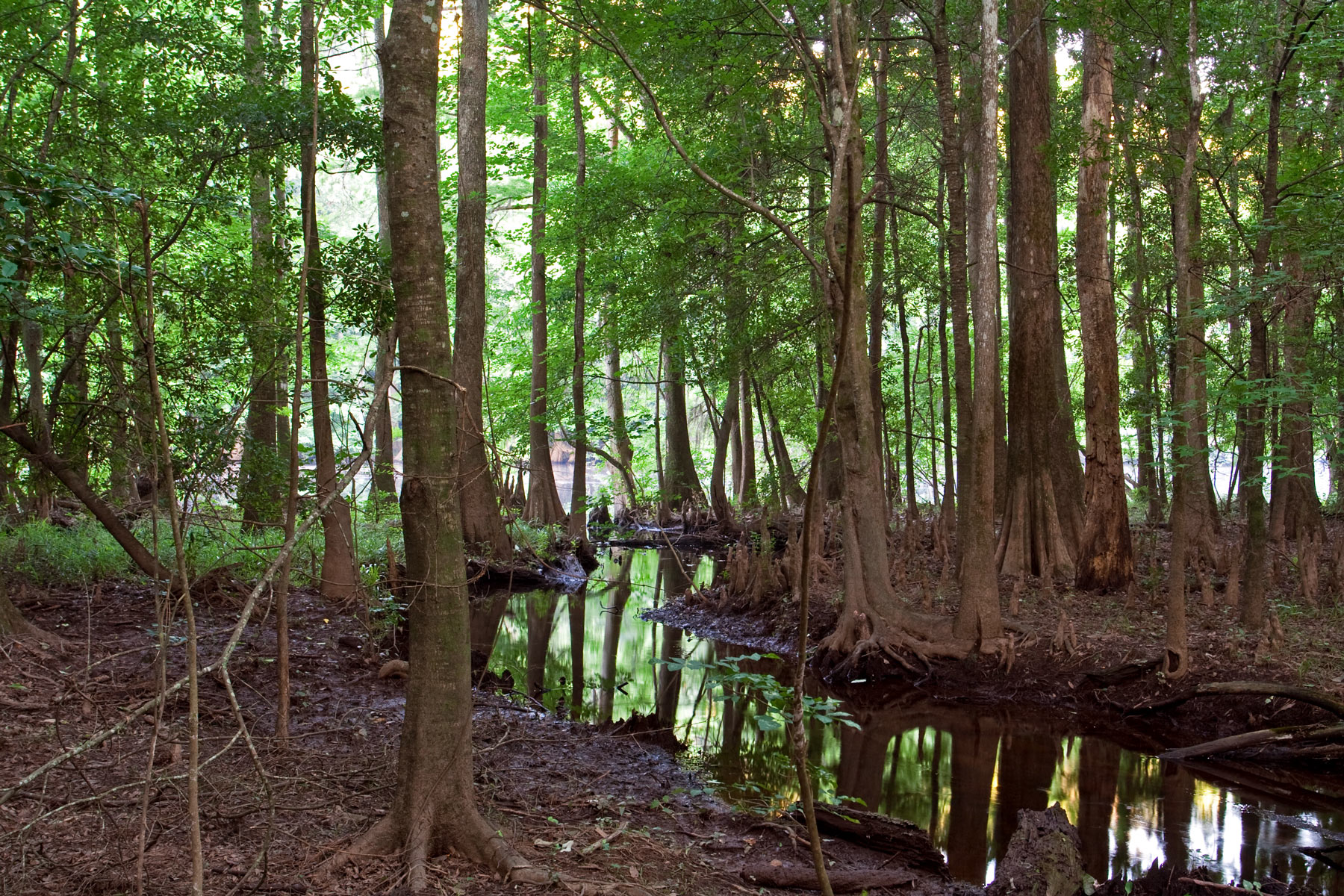
10. Fork Swamp Trail
Location: Bates Old River
Why you’ll love it: See for yourself the beauty and devastation a hurricane can wreak on the inter coastal plains of the American South.
Activity rating: Moderate
The American South isn’t a stranger to the occasional hurricane. Hurricane Hugo was one of the most recent storms to make landfall on the South Carolina coast, causing untold damage across the entire state (to the tune of about $11 billion dollars in damage).
If you’re curious to see just how strong a hurricane can be, you can see for yourself by hiking the Fork Swamp trail. This hike is short but moderate due to partially submerged areas and felled trees. You’ll walk alongside an oxbow lake, which was quite literally carved by a massive hurricane in the mid 19th century.
If you’re unfamiliar with oxbow lakes, it’s a natural phenomenon that occurs when a deep bend in a river is cut off. The river continues in a straight line, but the C-shaped bend is left behind to develop into its own ecosystem.
This small lake may seem unassuming, but it’s fascinating to think that the landscape was totaled in something entirely new all because of a single storm. This hike is a great core element to your list of things to do in Congaree National Park.
Tip: This trail (along with many others in Congaree) contains a few mosquito-dense areas. If you’re not keen on getting bit, try . It works wonders for keeping pesky gnats, mosquitoes, and other bugs away, so you can get back to enjoying your hike.

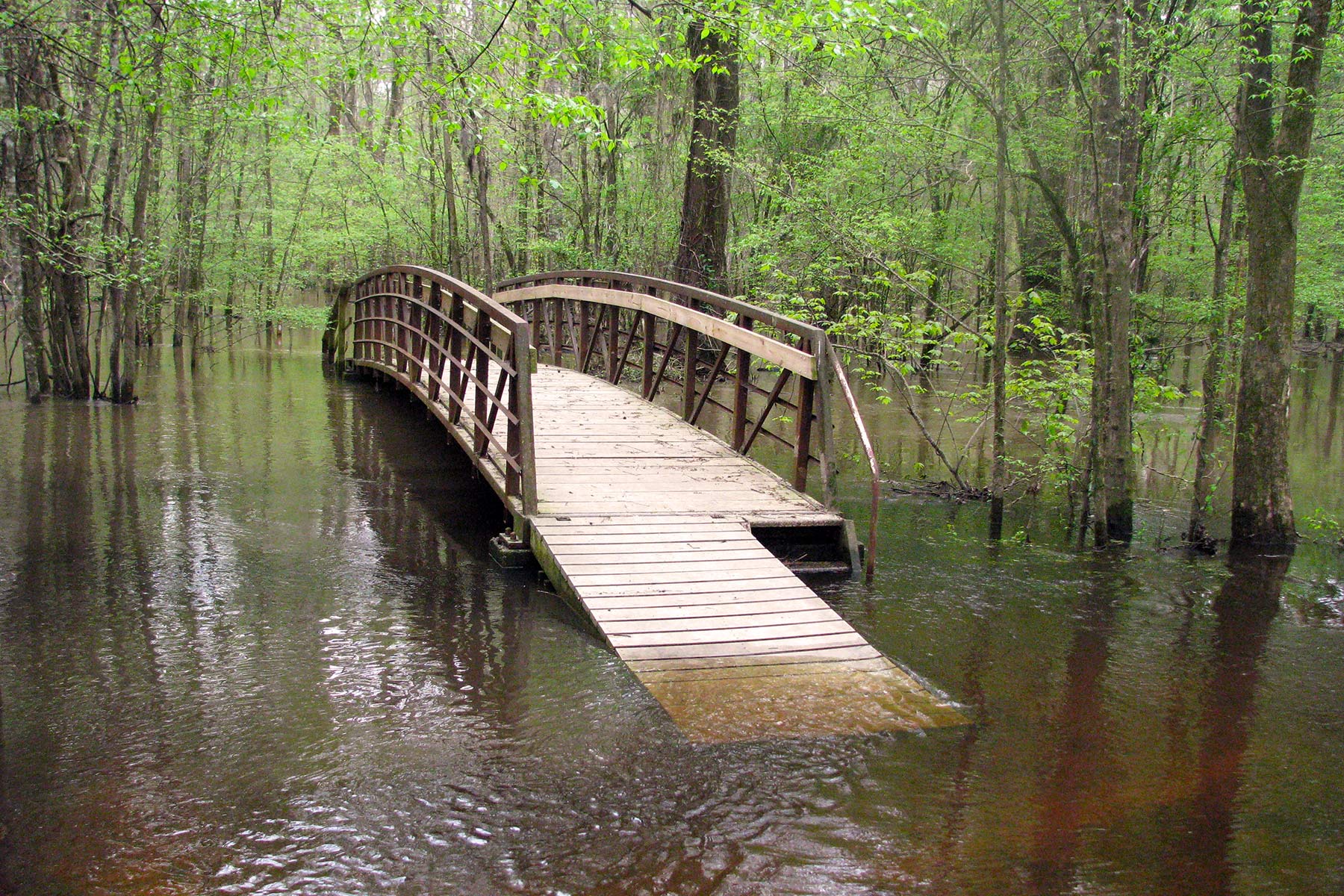
9. Volunteering
Location: Harry Hampton Visitor Center
Why you’ll love it: Enjoy a behind the scenes experience and be a park ranger for a day
Activity rating: Easy
Congaree stands out from the rest of the national parks due to the community that fiercely stands behind it. In the 1960s, loggers attempted to raze the area and resume deforestation attempts on account of the land’s abundance of hardwood.
They were met with such swift backlash and outrage from the community that a movement was started to turn the Congaree river and surrounding area into a national park.
To the surprise of many, this request was granted, and Congaree received its NPS designation in 1969. Still, irreparable damage was done in the years preceding its protective status. Even though Congaree became a national park, the movement behind its protection was far from over.
Volunteers are an integral aspect to the park, and all are welcomed. If you want to go above and beyond during your stay, consider swinging by the Harry Hampton visitor center to incorporate volunteering into your list of things to do in Congaree National Park.
Experience what it’s like to be a park ranger by helping stranded visitors, cleaning litter off the trails, identifying and destroying invasive plants, and conducting research. Congaree’s volunteers have the opportunity to experience far more behind the scenes than you may at other national parks.
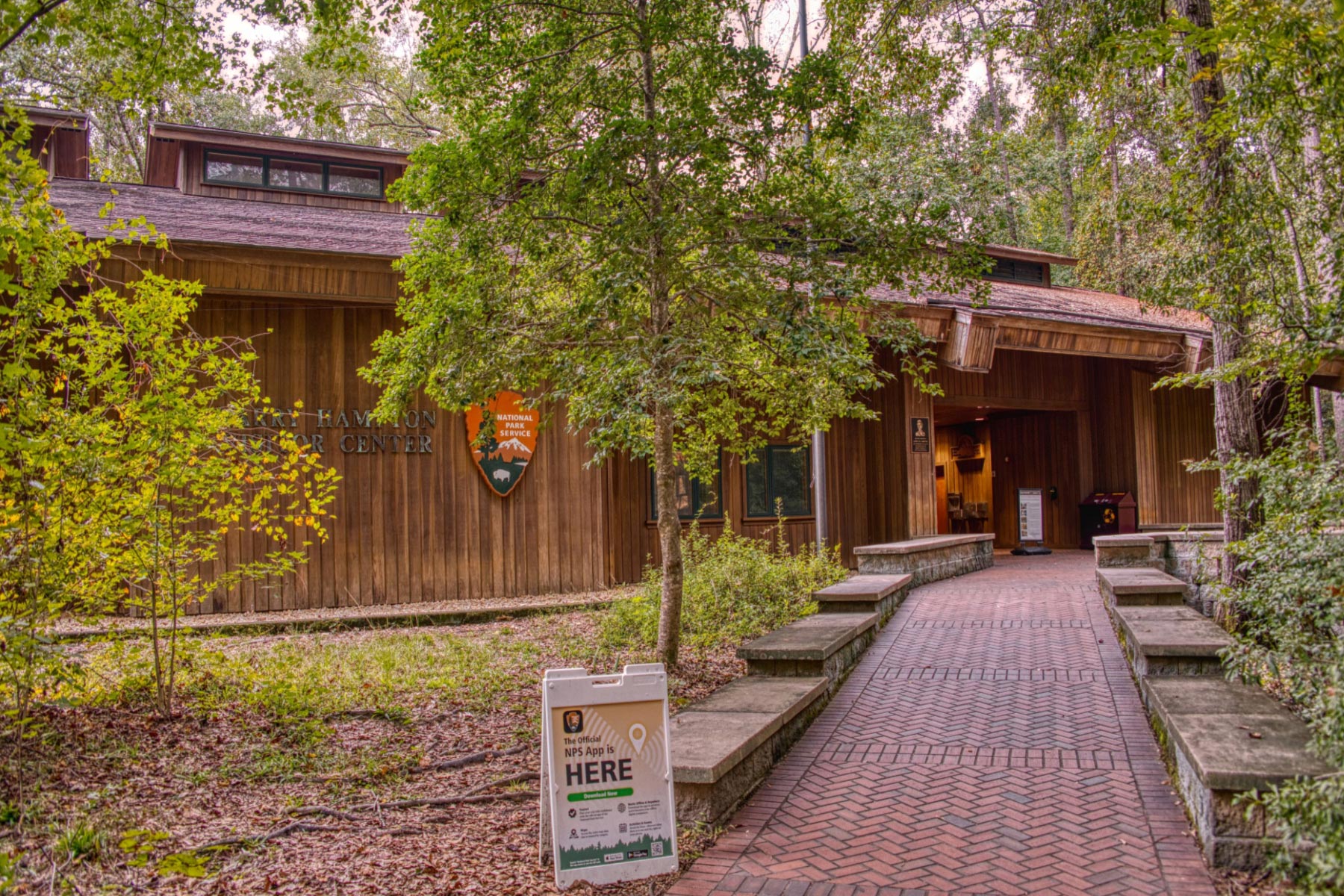
8. A Bird Watchers Paradise
Location: Harry Hampton Visitor Center
Why you’ll love it: Contribute to ornithological research while getting the chance to see rarely seen coastal birds.
Activity rating: Easy
Congaree’s unusual location and geological attributes enable a wide array of animals to call it home. Described as a river floodplain ecosystem, the effects of global warming have caused a number of different animals to both colonize and extirpate the surrounding area.
Studying the migration of bird species in Congaree’s protected biosphere is essential to understanding the effects of global warming.
Despite the rather unfortunate circumstances, this means that bird watchers have the opportunity to view rarely before seen bird species right within the park (and this is the reason why birdwatching is one of the most common things to do in Congaree National Park amongst visitors).
One of these species is the Crested Caracara (Caracara cheriway). This member of the falcon family lost one its lines to extinction at the turn of the 20th century, and populations have seen steep decreases across the US.
The crested caracara isn’t native to South Carolina, but interestingly, the Audubon Society believes the species may be beginning to colonize Congaree–and the park’s protected status means that this beloved bird may be able to bring its numbers back up.
How can you help? By stopping by the Harry Hampton Visitor Center. They have a volunteer based program where you take a small checklist and observe the birds in the area for a small duration of time. You report back what birds you saw, and the rangers will submit the info to the National Audubon Society for ornithological research.

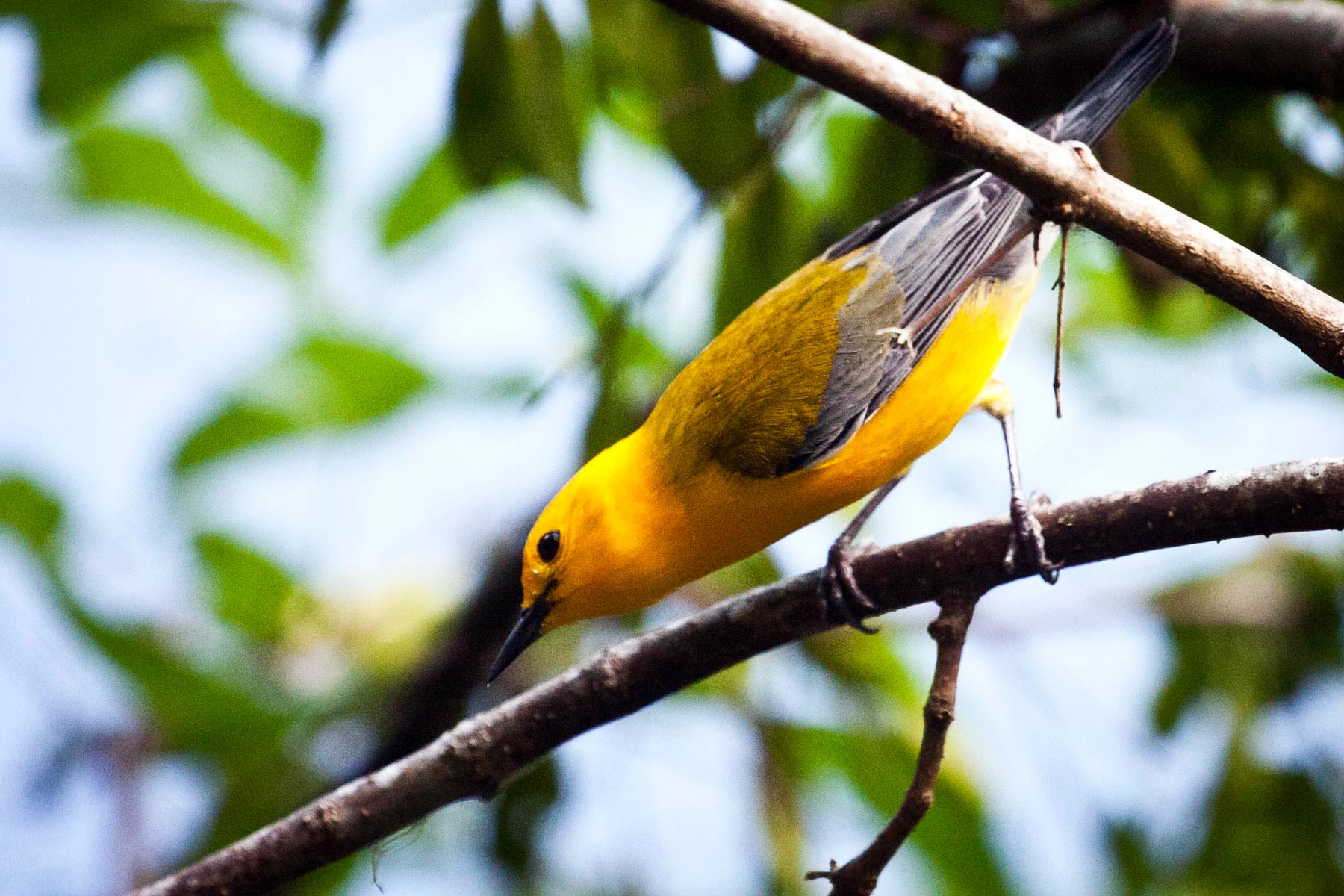
7. Kingsnake Trail Hike
Location: South Cedar Creek canoe landing
Why you’ll love it: Stunning waterfront views with herons taking flight at sunset
Activity rating: Strenuous
This hike is on the shorter side (around 5 miles), but it’s definitely a challenge. Congaree’s somewhat volatile and dynamic nature means that the landscape is constantly changing. Some recent storms have added to the difficulty of this hike, but the views alone make it one of the key things to do in Congaree National Park.
You’ll come around a sparkling river bend and get a chance to see herons, otters, and other river fauna in their natural habitat. If you’re an avid bird watcher, this is the best place to catch some of the rarer species.
Just keep an eye out for the trail’s namesake: the kingsnake. Kingsnakes are nonvenomous snakes that can be found dotted throughout the marshland.
You’ll recognize these snakes by their distinctive red, black, yellow, and white pattern. However, they’re almost identical to the highly venomous coral snake, so be sure to tread lightly if you see one.
Tip: The classic saying for identifying a kingsnake goes as follows: red touch yellow, kills a fellow. Red touch black, safe is Jack.
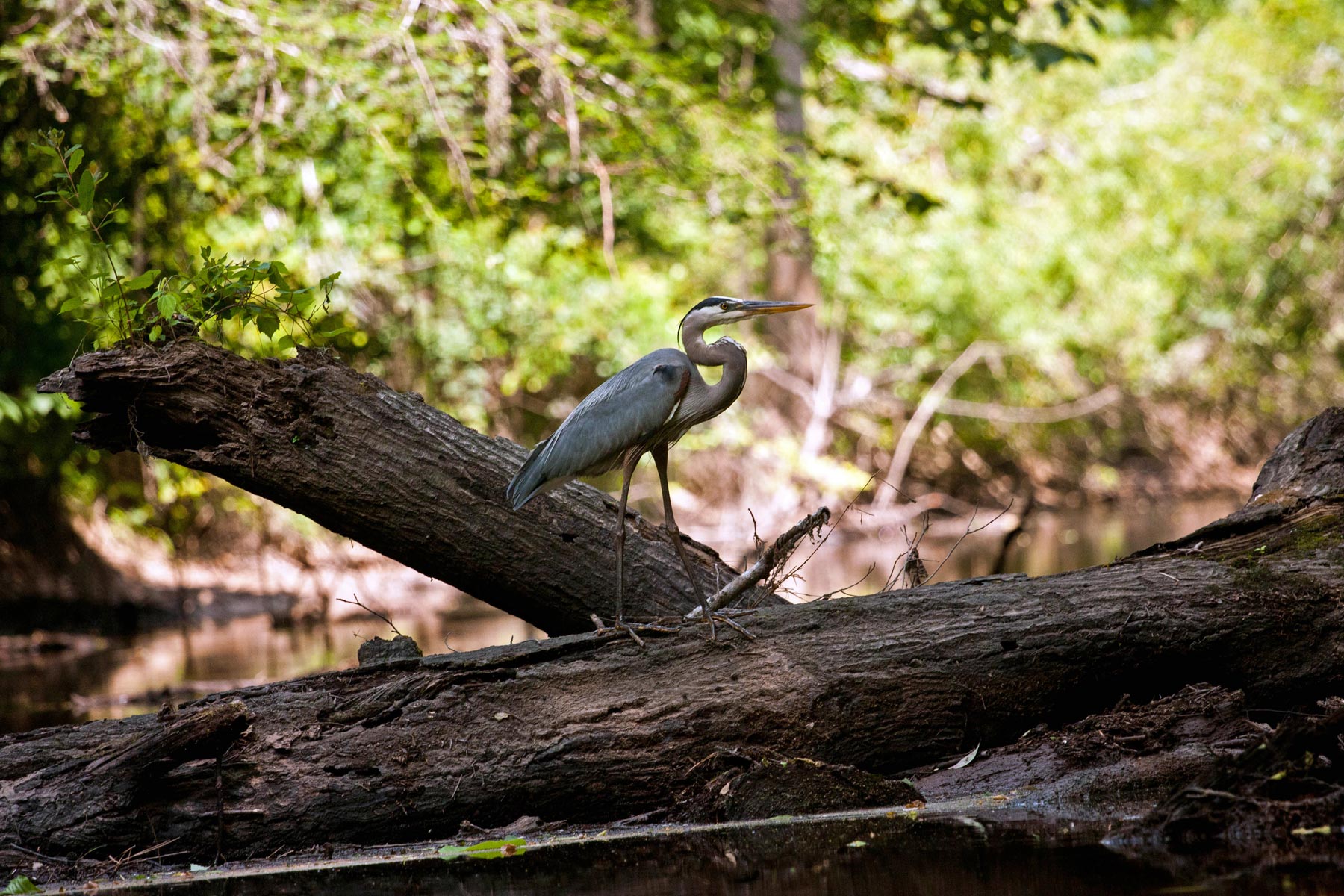
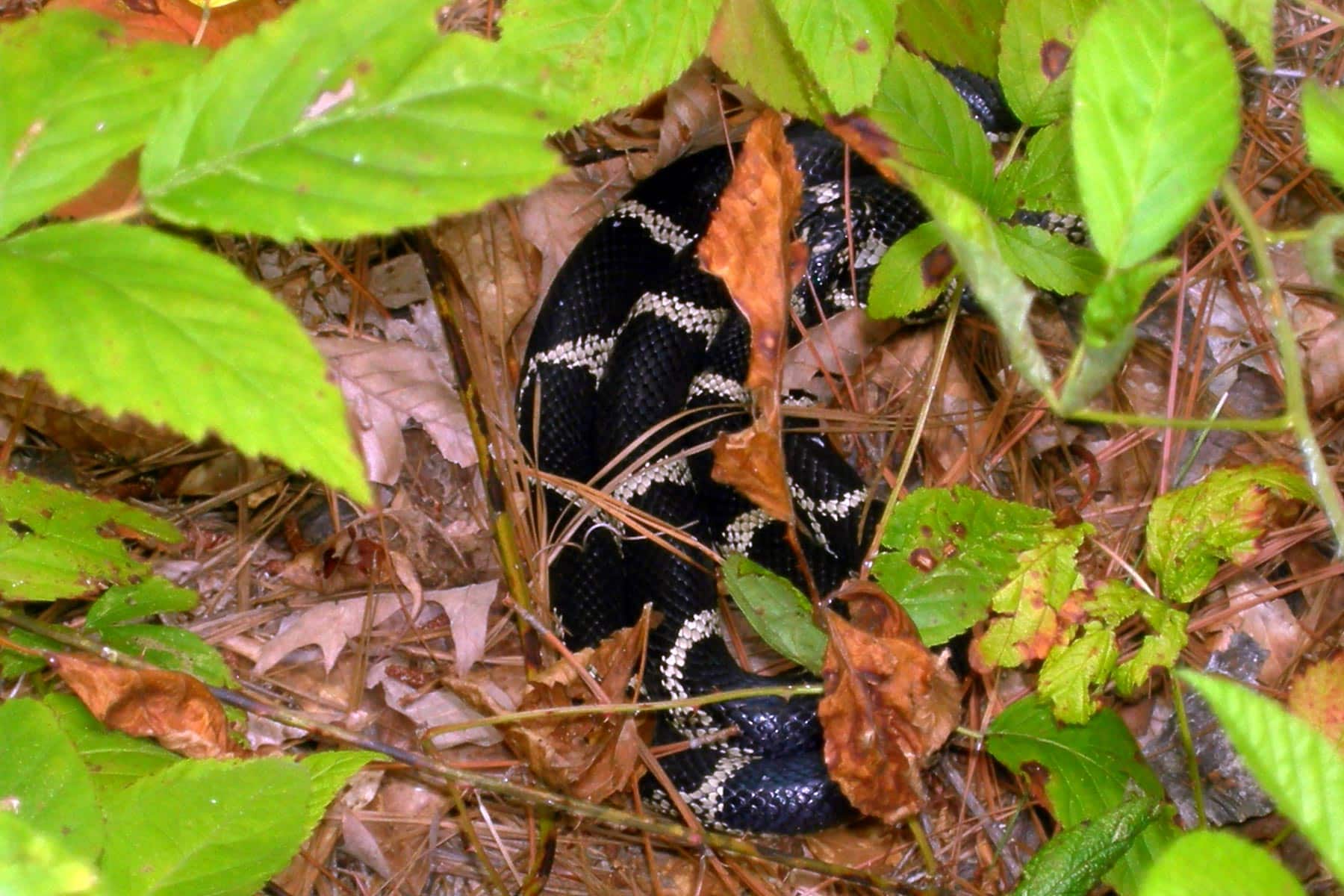
6. Bluff Trail
Location: North of Visitor Center
Why you’ll love it: Opportunities to observe controlled burns and their benefits up close.
Activity rating: Easy
You know how everytime you go to visit a destination, everything is under construction? Some visitors say this about Bluff Trail–but that’s what makes it one of the top things to do in Congaree National Park.
This trail is especially hot with visitors, because you can get close and personal with genuine forest fires.
This charred landscape is no accident, however, as this is the doing of the NPS. Carrying out frequent controlled burns helps prevent larger wildfires in the future.
Along this trail, you can see the early beginnings of a new forest, as well as learn to tell the difference between an ordinary tree and a champion tree.

5. The Owl Prowl
Location: Sims Trail, the Boardwalk
Why you’ll love it: Venture in the depths of Congaree late at night to get a glimpse of Congaree’s wild nightlife scene.
Activity rating: Moderate
If you didn’t know already, the reason why thousands of visitors flock to Congaree every year is the nightlife. By nightlife, we don’t mean raucous campground parties (although those are to be had in the backcountry campgrounds, as South Carolina is one of the few states to allow the production of moonshine).
Instead there are two things to do in Congaree National Park that you can’t do anywhere else, and they both happen at night.
One of them is so spectacular, it’s rumored to have been the leading reason behind Congaree’s designation as a national park–and that’s why it’ll be number one on our list. But don’t sleep on number 5, because it’s just as great!
Enjoy a rare nighttime hike escorted by an experienced park ranger to observe the park’s myriad of owl species. This nocturnal hike is known as the owl prowl, and it was such a hit with guests that it’s since become a regular occurence.
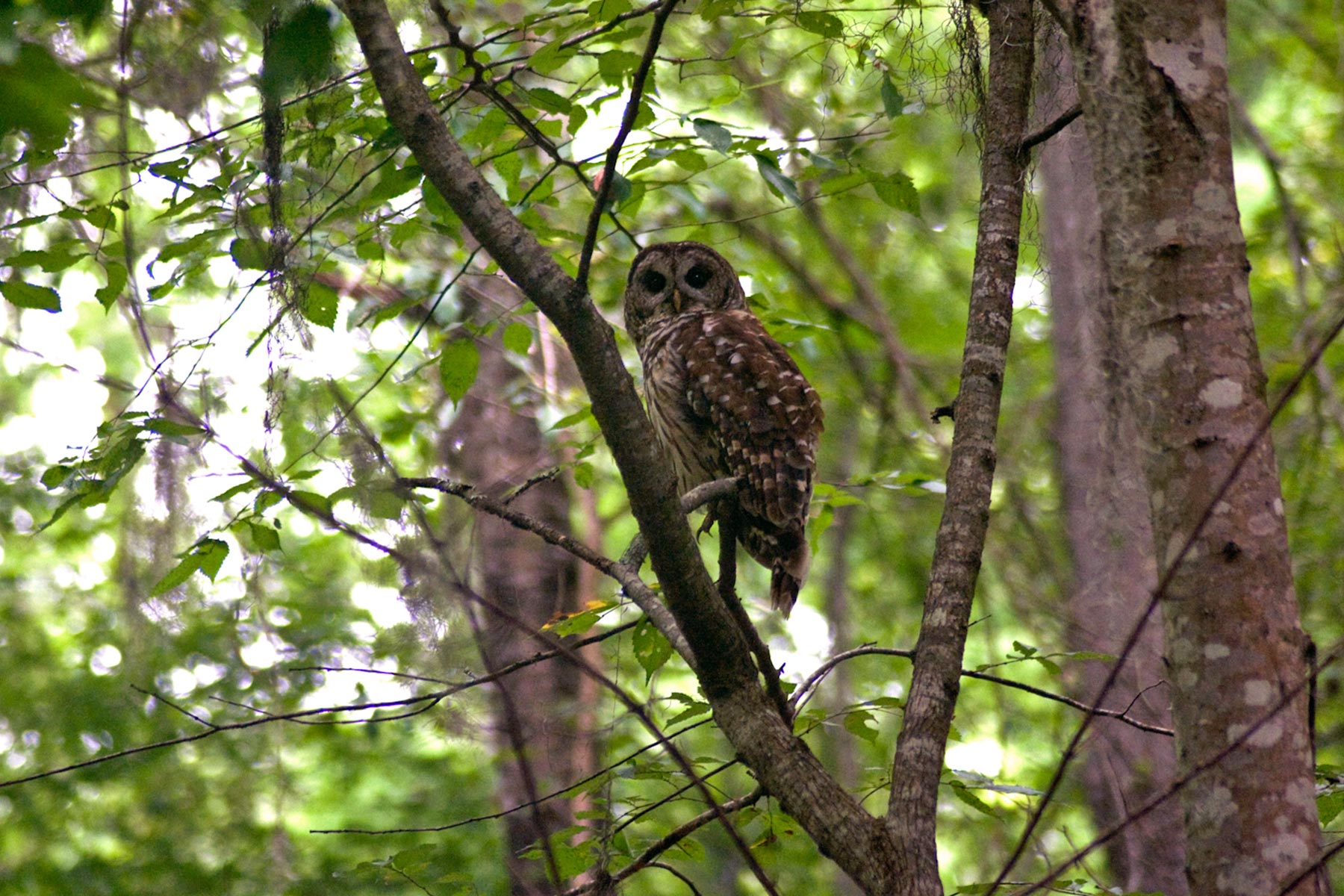
4. Forest Wellness Series
Location: Miscellaneous
Why you’ll love it: Engage your senses and connect with the rich history of Congaree in a way like never before.
Activity rating: Easy
One of the leading programs and things to do in Congaree National Park led by the park staff is the Forest Wellness series. Depending on the season, a number of different activities are offered to visitors, including: crafting, yoga, night hikes, and history walks.
Most recently in celebration of Juneteenth, rangers led a guided hike that explored the lesser known role that Congaree played in helping African Americans escape slavery.
Congaree is an integral component in both African American and indigenous history, and not many know that some segments of the park are protected for their continued use by Native Americans.

3. Backcountry Camping
Location: The Backcountry
Why you’ll love it: Not all those who wander are lost, and backcountry campers know this best: this area is pure, untouched American landscape.
Activity rating: Strenuous
Are you an experienced hiker or outdoorsman looking for a challenge? Camping at National Parks is a given for most visitors, but only the most experienced can camp in the backcountry of Congaree.
The backcountry of Congaree is unmarked, unadulterated, and unforgiving.
Traverse this landscape teeming with wildlife as your ancestors did centuries before. If you venture deep enough, you’ll experience our top pick for things to do in Congaree National Park with zero light and noise pollution, making the potential hazards all the more worth it.
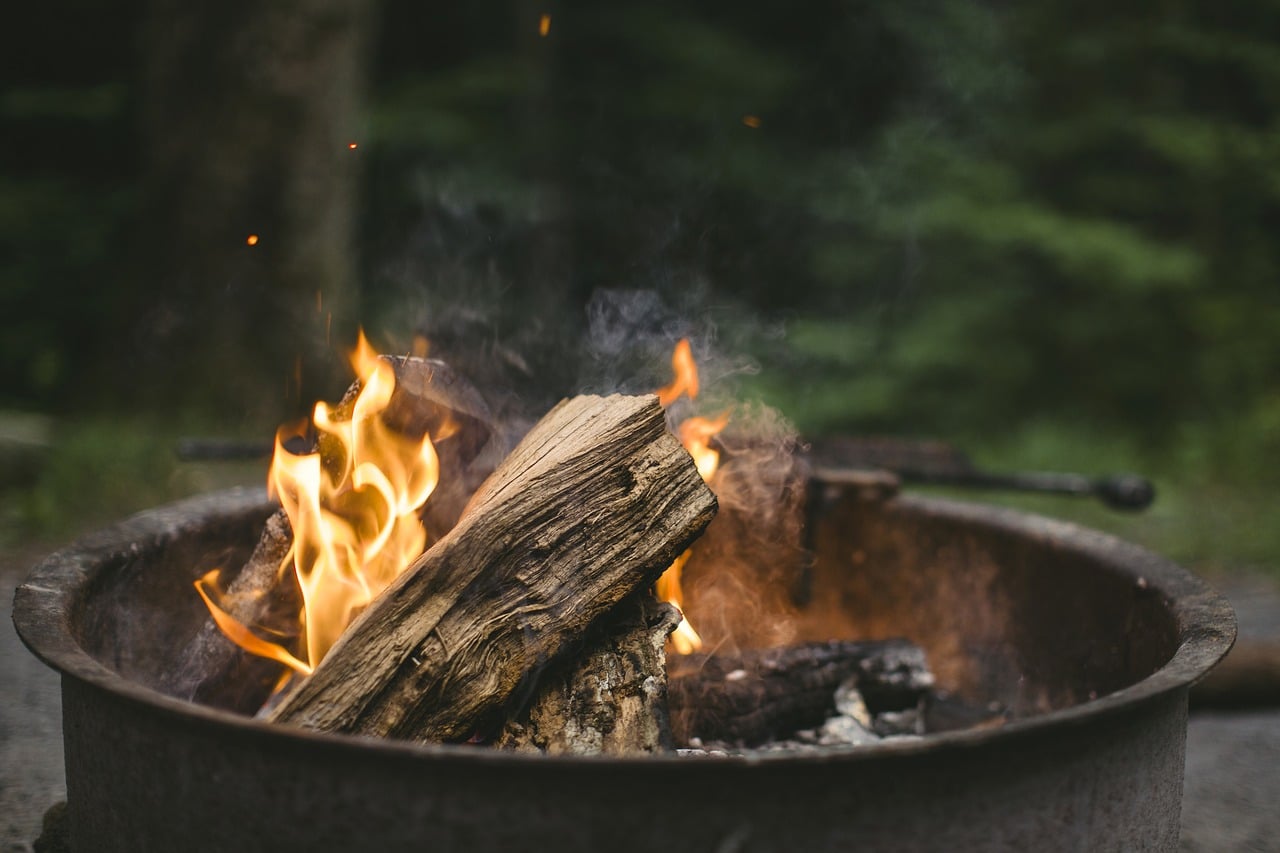
2. Congaree River Blue Trail
Location: Congaree River
Why you’ll love it: Enjoy a serene 50 mile canoe trail that starts at the state’s brilliant capital and opens up into the teeming marshlands of Congaree National Park.
Activity rating: Moderate
Why enter Congaree through the ranger’s outposts when you can paddle right up to it? The 50 mile Congaree River Blue Trail is by far one of the most popular things to do in Congaree National Park.
You’ll start in downtown “famously hot” metro Columbia, at the state’s capital. You’ll paddle your way downstream until the river opens up to the US’ largest preserved old growth bottomland forest and marshland.
The natural momentum of the river’s current makes this especially easy, but keep in mind that Columbia has earned the moniker famously hot for a reason. Temperatures easily climb up past 100 degrees in the region (attracting a number of species that flourish only within extremely hot weather).
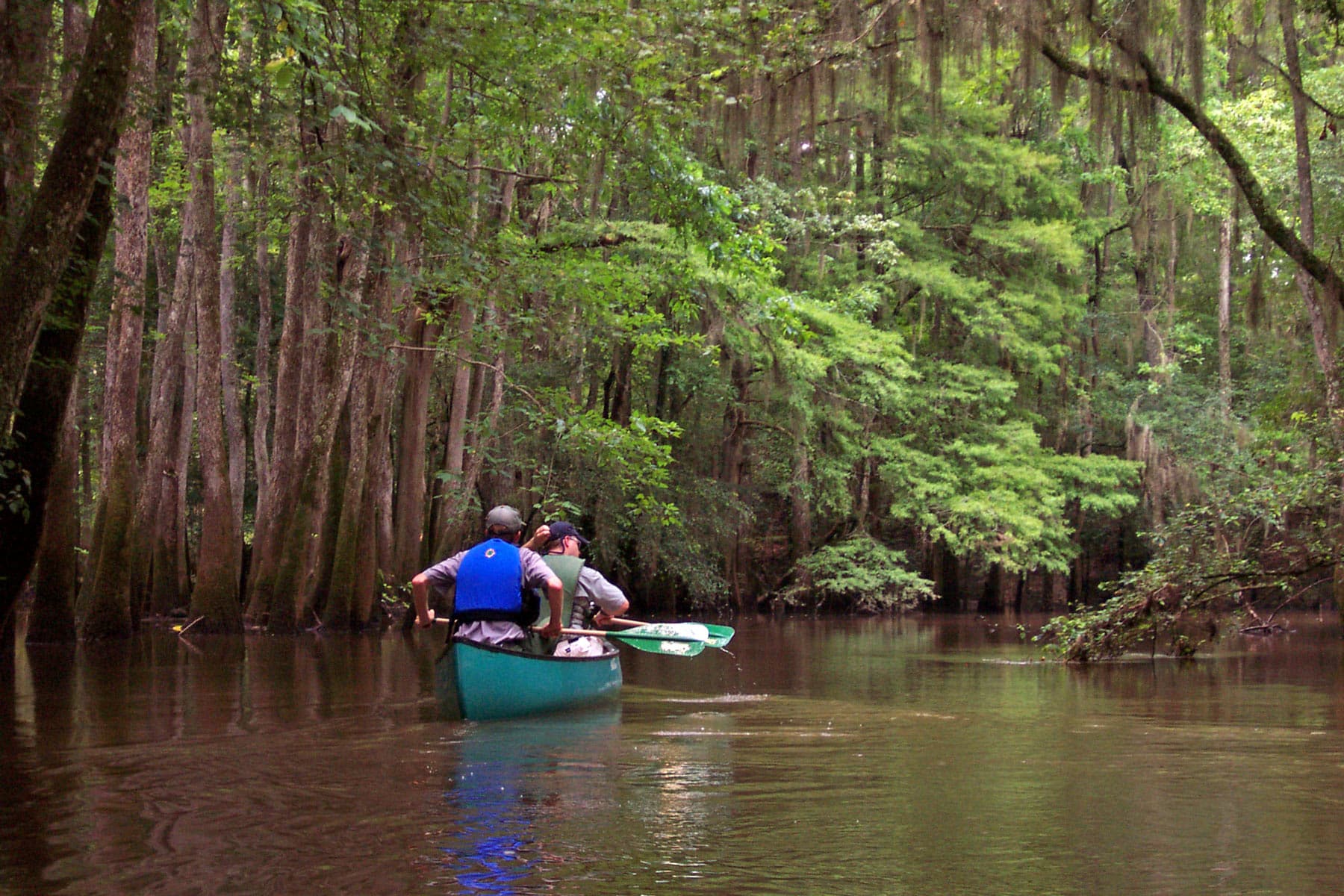
1. Congaree’s Legendary Synchronous Fireflies
Location: All over the park
Why you’ll love it: See why Congaree is famous around the entire world: its gargantuan population of fireflies.
Activity rating: Easy
It’s rare to have someone in the park that doesn’t know about Congaree’s famous attraction, but when it does happen, their face is priceless. Every night, millions of fireflies glow against the dramatic backdrop of a star dusted sky.
Defying all aspects of science and human understanding, they synchronize, blinking together in a unique mating ritual. Fireflies are abundant throughout much of South Carolina, but Congaree seems to be their ancestral homeland.
It’s a sight like no other. With no light, sound, or air pollution, you can experience a sight that has brought many to tears (and earned the park’s official protective status).
It’s strange to think that Congaree is sometimes passed over in favor of other parks, but perhaps it’s because the locals want to keep this spectacle all to themselves!
If you do anything, be sure to add this sight to your list of things to do in Congaree National Park.
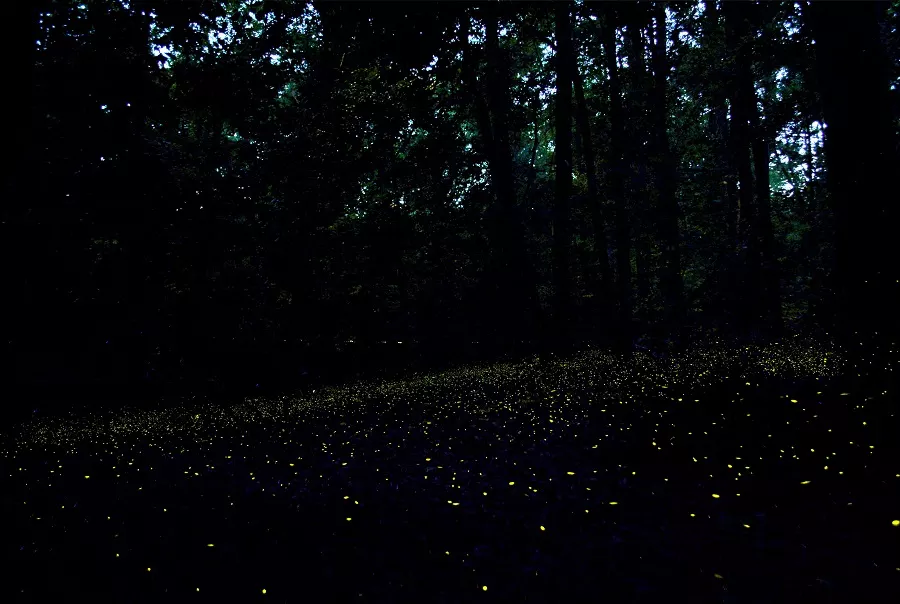
Tip: You won’t need flash photography to capture these brilliant lights and the use of flash will actually disrupt the amazing display. Instead, we recommend using a DSLR camera like this one on a longer exposure or your phone (but make sure the flash is turned off!)
Map of Things to Do at Congaree National Park
Summary of the Top Things to Do at Congaree National Park
- Synchronous Fireflies
- Congaree River Blue Trail
- Backcountry Camp
- NPS Forest Wellness Series
- The Owl Prowl
- Bluff Trail
- Kingsnake Trail
- Birdwatching
- Volunteering
- Fork Swamp Trail
- Weston Lake Trail
- Tubing Cedar Creek
Pin Thing to Do at Congaree National Park
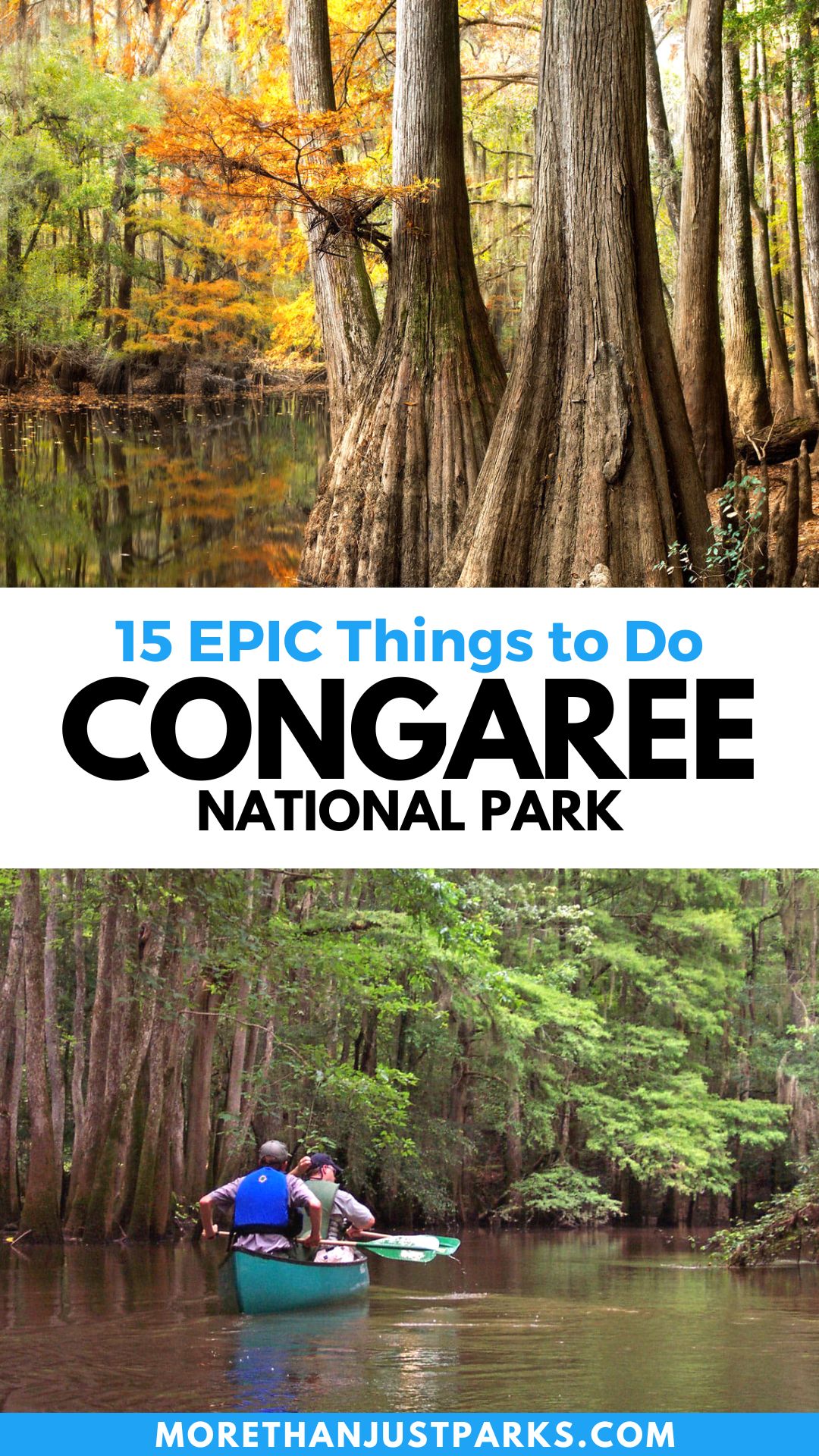

About the Folks Behind More Than Just Parks
We’re Jim Pattiz and Will Pattiz, collectively known as the Pattiz Brothers (and sometimes the Parks Brothers) and we absolutely LOVE the national parks.
We’ve worked with the National Park Service, the Department of Interior, USDA, and the U.S. Forest Service for years creating films on important places and issues. Our work has been featured in leading publications all over the world and even some people outside of our immediate family call us experts on the national parks.
Our goal here at More Than Just Parks is to share the beauty of America’s national parks and public lands through stunning short films in an effort to get Americans and the world to see the true value in land conservation.
If you’d like to follow along our journey we’d be delighted to have you!
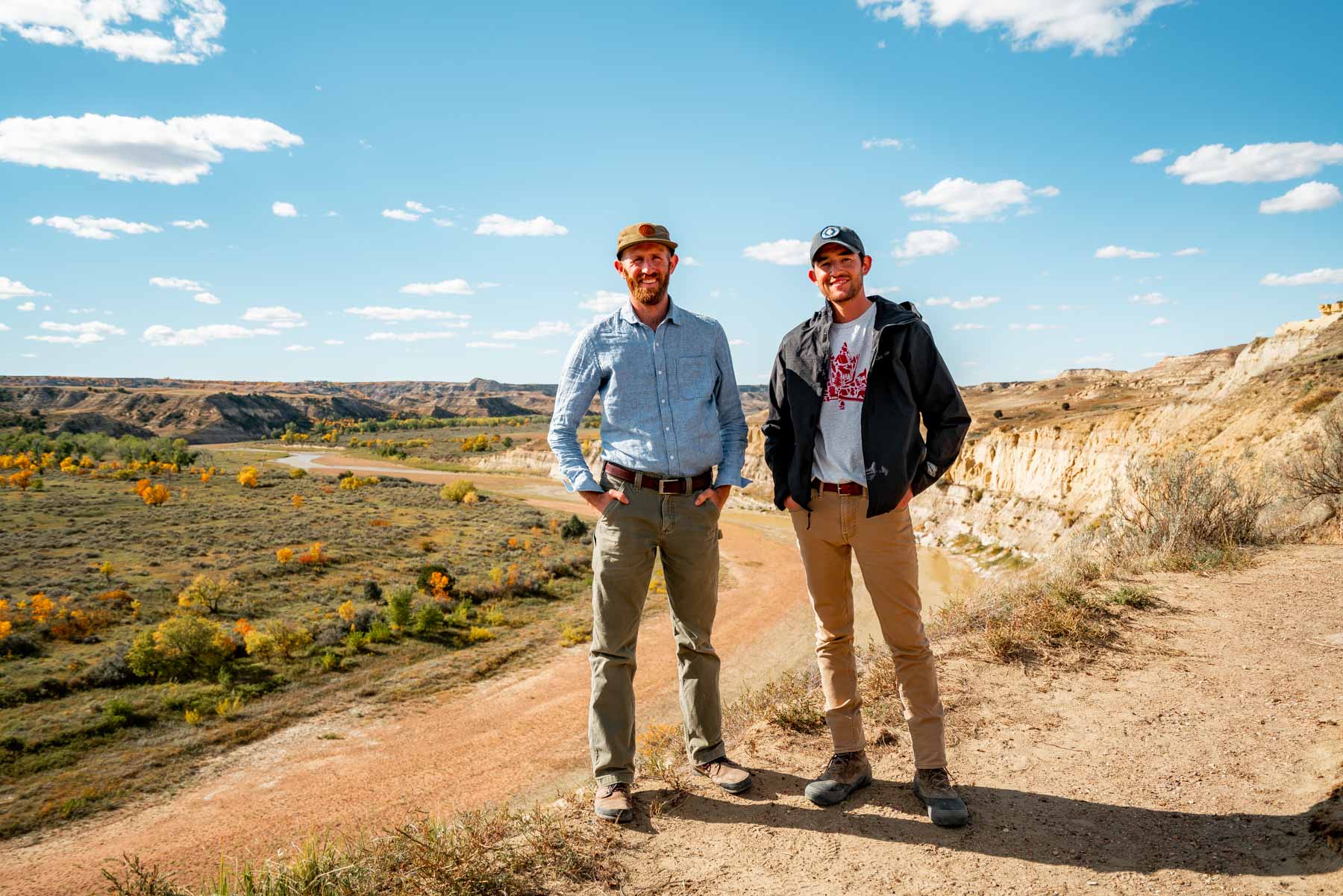
Helpful Related Articles
South Carolina National Parks: 8 Amazing South Carolina National Park Sites
South Carolina Historic Sites: 5 Must See Historic Sites in South Carolina
National Parks Near Charleston, SC: 5 National Parks Near Charleston You’ll Love
The Best East Coast National Parks: The 10 Best East Coast National Parks Ranked
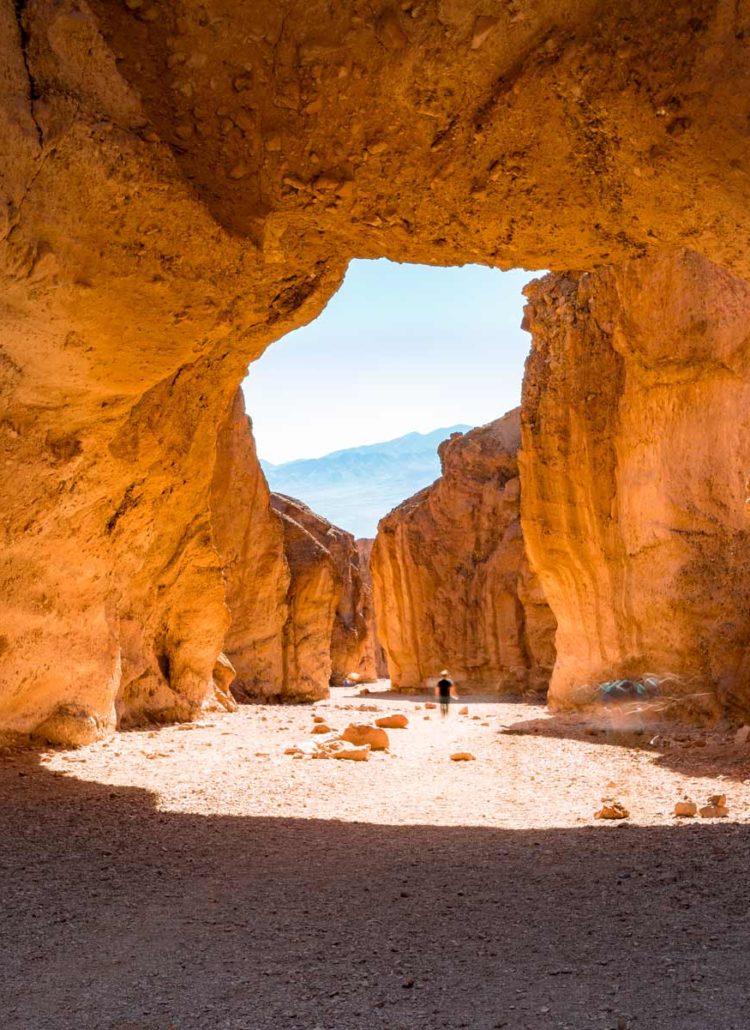
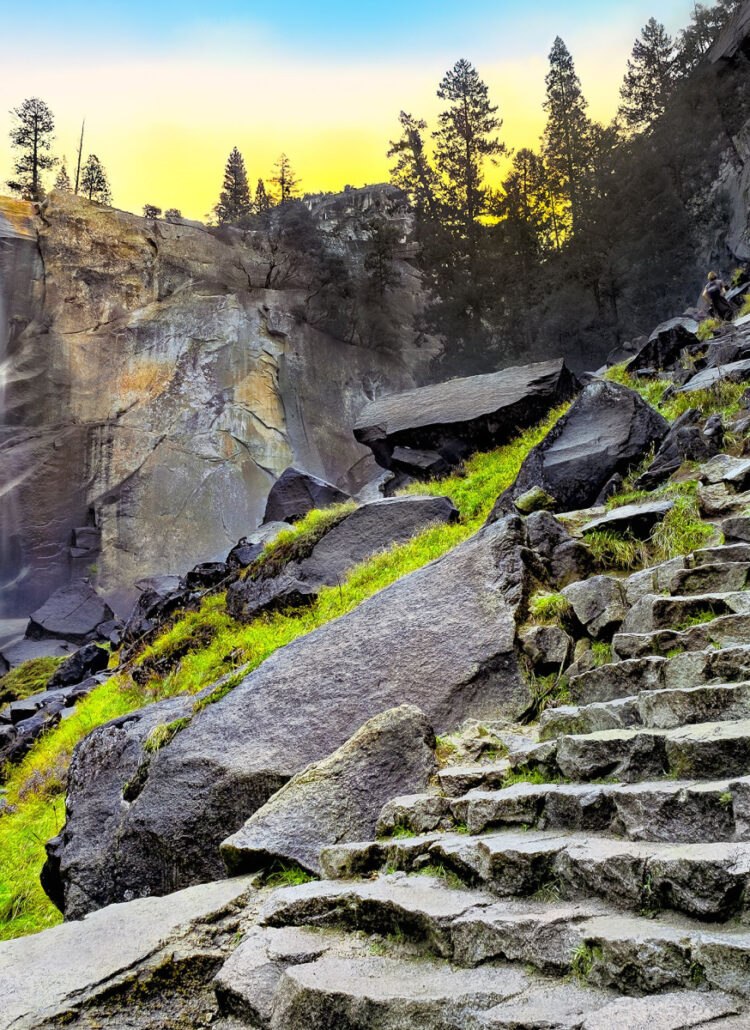
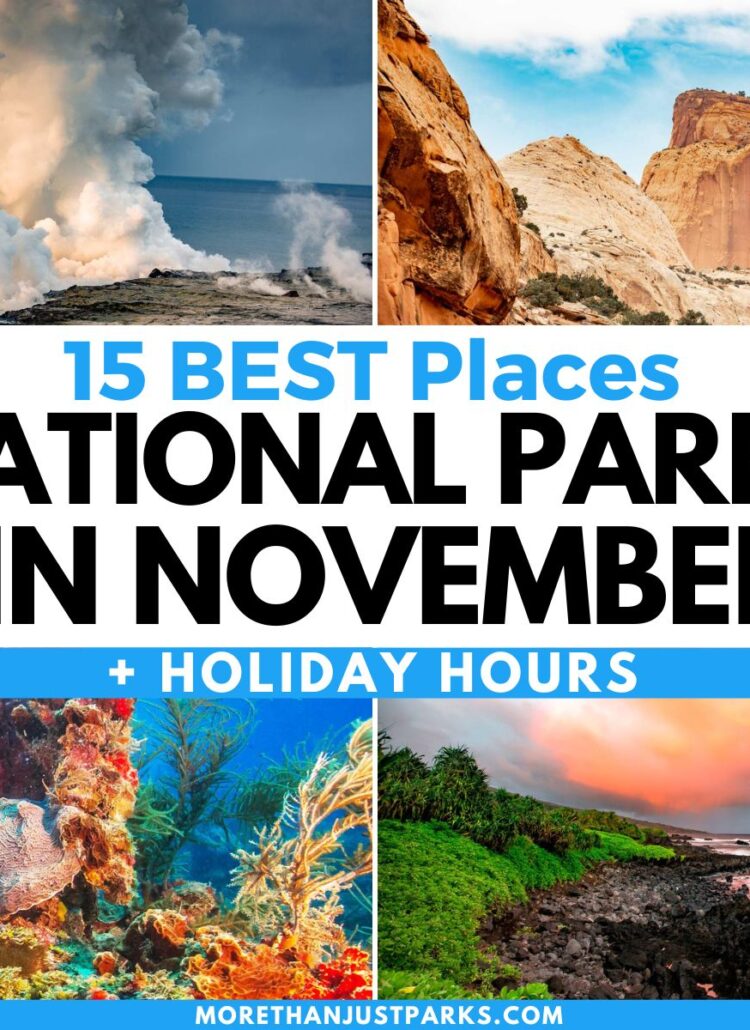


I mostly agree. Come visit and enjoy!
First of all I love this website. My wife and I recently made a trip to Mt. St. Helens and Crater lake. It was done on short notice after the casting plans changed, so we only spent a couple hours in each park, but St. Helens especially left us wanting more. I’m not obsessed with learning more about the parks and monuments to plan more thorough trips in the future.
This site is great as it really seems to be addressing the parks realistically for people of varying skill levels and financial means. It’s also helping learn about parks I never knew about and now am excited to someday see.
Congaree is on that list now (I live in CA though so it’ll be a good while). It sounds rather different from many other parks, and the fireflies and otters especially intrigue me. And I might otherwise have overlooked it without such a great resource.
One issue though. Your article mentions a scary something in the park. But unless I missed it, I can’t find it actually explained. I’m also showing 12 items instead of 15, so maybe it was removed? What’s the scary thing and/or to do items 13-15?
My husband and I have been avid park visitors for years, especially loving hiking, birdwatching, nature photography (both flora and fauna), and their histories for many years. Since my stroke in 2020, we are limited by accessibility. Do you know how we can gather information on accessibility? We find ADA requirements to be quite inadequate.
Here’s information from the park service, as well as a link to file a report if you have a concern about lack of options. Let us know if you need more help! https://www.nps.gov/aboutus/accessibility.htm